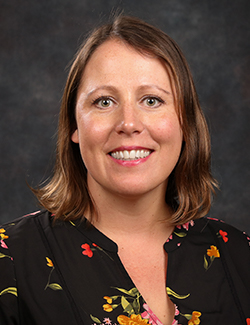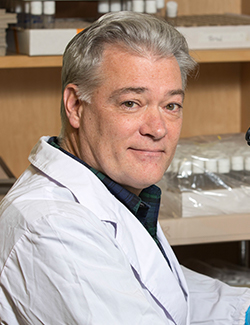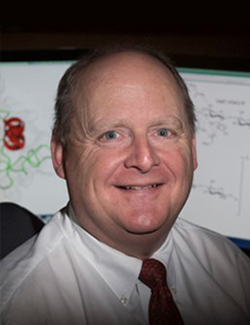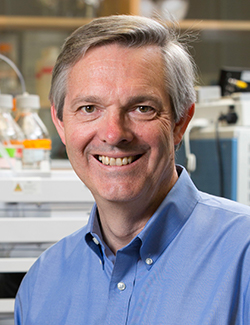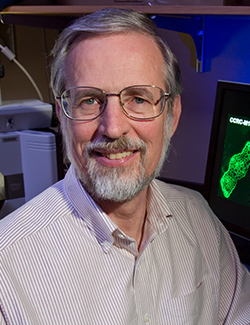Breeanna Urbanowicz
Short Biography:
Dr. Urbanowicz received her B.S. in Biology in 2001 from Purdue University and her Ph.D. in 2008 from Cornell University. Prior to her junior faculty position at the Complex Carbohydrate Research Center, Dr. Urbanowicz was a Postdoctoral Fellow (2008-2013) in the Department of Biochemistry and Molecular Biology at the University of Georgia.
Research Interests:
Biological molecules, including proteins, polysaccharides, and nucleic acids, are assembled to create complex structures with biochemical and biomechanical properties that are greater than the sum of their parts. My current research focuses on understanding the structure and function of plant carbohydrate active enzymes involved in polysaccharide biosynthesis and modification. Plant cell walls are complex macrostructures comprised of cellulose, hemicellulose, and pectins, together with lesser amounts of protein and phenolic molecules. These components assemble and interact with one another to produce dynamic structures with many capabilities, including providing mechanical support to plant structures and determining the size and shape of plant cells.
The research of my group focuses on understanding the integral steps in the molecular pathways used by plants to synthesize complex polysaccharides. A key area of interest is development of methods to express and analyze recombinant plant enzymes, which has allowed us to investigate plant biochemical pathways in vitro. We have now generated a large collection of recombinant enzymes that are able to catalyze highly specific, covalent modifications of polysaccharides, which we utilize as nature-inspired molecular tools for targeted functionalization and labeling of glycopolymers that greatly expand our toolkit for producing glycopolymer-based products with valuable properties.
• High throughput expression of plant biocatalysts. In collaboration with Kelley Moremen at the CCRC, we have designed and evaluated over 75 constructs for heterologous expression in HEK293 cells encoding plant glycosyltransferases (GTs) from diverse families in addition to both polysaccharide O-methyltransferases (O-MTs) and O-acetyltransferases (O-AcTs). Assessment of these constructs for both protein expression levels and retention of in vitro activity determined that this is a robust heterologous expression system for plant derived enzymes. We have applied this system to the in vitro synthesis of decorated hemicellulosic polymers, resulting in the first proof-of-concept generation of enzymatically synthesized, high degree of polymerization (DP), substituted plant polysaccharides in vitro (Urbanowicz et al., 2014).
• Polysaccharide Methyltransferases. We have shown that Arabidopsis GXMT1 encodes a glucuronoxylan (GX)-specific 4-O-methyltransferase responsible for methylating 75% of the GlcA residues in GX isolated from mature Arabidopsis inflorescence stems. Reduced methylation of GX in gxmt1-1 plants is correlated with altered lignin composition and increased release of GX by mild hydrothermal pretreatment (Urbanowicz et al., 2012). The ability to selectively manipulate polysaccharide O-methylation may provide new opportunities to modulate biopolymer interactions in the plant cell wall. We are currently investigating the role of other members in this family on polysaccharide methyletherfication.
• Investigating the mechanism of polysaccharide O-acetylation. Despite the high degree of O-acetyl substituents found in plant glycopolymers, the biochemical and mechanisms of polysaccharide O-acetylation employed by plants are still lacking. An unsolved question is the source of the acetyl group used by acetyltransferases. We have developed robust methods to biochemically analyze O-acetyltransferases and are applying these techniques to investigate the molecular details of polysaccharide methylation.

